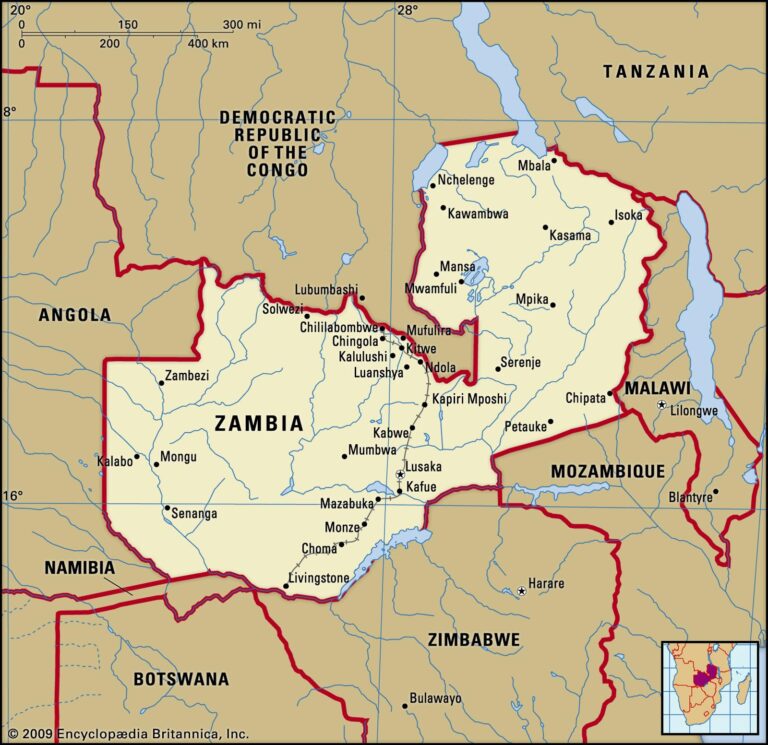Introduction to Zambia’s Energy Crisis
Zambia is currently facing a significant energy crisis that affects both its economy and its population. This situation has emerged due to a combination of factors, including climate change and infrastructure challenges. The impact of this crisis is far-reaching, influencing everything from household energy consumption to industrial productivity.
1. Causes of the Energy Crisis
The primary cause of the ongoing energy crisis in Zambia is the country’s heavy reliance on hydroelectric power. This dependence makes the energy supply vulnerable to fluctuations in rainfall. In recent years, inconsistent rainfall patterns have resulted in lower water levels at dams, severely limiting electricity generation capacity.
2. Economic Impact
The energy crisis has had a detrimental effect on Zambia’s economy. With frequent power outages, businesses struggle to maintain productivity, which stunts economic growth. Small and medium enterprises are particularly hard hit, leading to job losses and increased poverty levels among the populace.
3. Social Consequences
This energy crisis has also affected the daily lives of Zambians. Many households experience rolling blackouts, disrupting not only work schedules but also education for children. Access to essential services like healthcare is hindered, exacerbating the challenges faced by the most vulnerable communities.
4. Government Response
To combat the crisis, the Zambian government has initiated several measures. These include upgrading existing infrastructure and investing in alternative energy sources like solar power. However, the implementation of these solutions has been met with bureaucratic delays and funding shortages.
5. The Future Outlook
Despite the current challenges, there is hope for change. International partnerships and investments in renewable energy projects could pave the way for a more sustainable energy future. To learn more about the specific details and ongoing efforts regarding Zambia’s energy crisis, you can visit this informative article here.
Conclusion
The energy crisis in Zambia is a pressing issue that demands immediate attention. Understanding its causes, impacts, and potential solutions is crucial for both local and international stakeholders. Continued advocacy and cooperation will be essential in navigating this multifaceted challenge.

